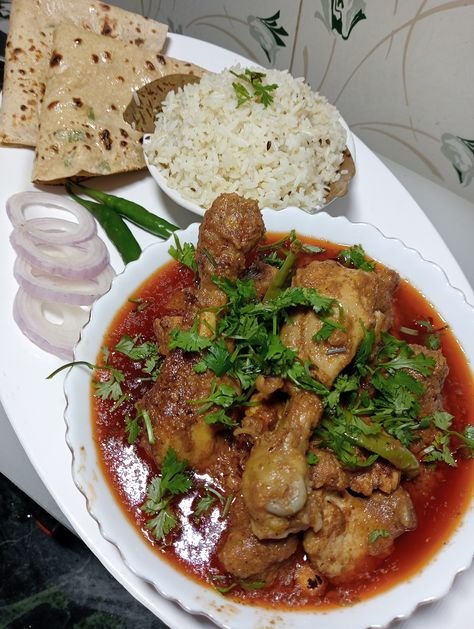
Exploring the Richness of Korma: A Culinary Gem
Korma is a dish that embodies the essence of slow-cooked perfection. With its creamy texture, aromatic spices, and rich flavors, korma has secured its place as a timeless favorite in kitchens around the world. Let’s uncover the origins, variations, and tips for preparing this delectable dish.
The Origins of Korma
Korma traces its roots back to the Mughal era in India, where it was a dish fit for royalty. The word “korma” is derived from the Urdu word “kurma,” meaning “braise.” Traditional korma involves slow-cooking meat or vegetables in a flavorful gravy made with yogurt, cream, nuts, and a medley of spices.
The Essence of Korma
What sets korma apart is its unique cooking technique. The dish is prepared by simmering the ingredients on low heat, allowing the flavors to meld beautifully. The base is often enriched with cashews or almonds, lending a luxurious texture and nutty undertones. Spices like cardamom, cinnamon, and cloves further elevate the dish, creating a symphony of flavors.
Popular Variations of Korma
- Chicken Korma: A classic choice, chicken korma is rich, creamy, and packed with succulent pieces of chicken cooked in a yogurt-based sauce.
- Mutton Korma: Often considered the traditional version, mutton korma showcases tender meat cooked with aromatic spices and a hint of saffron.
- Vegetable Korma: A delightful vegetarian alternative, this variation includes a mix of fresh vegetables cooked in a fragrant and creamy gravy.
- Shahi Korma: This “royal” version is prepared with added ingredients like dried fruits, paneer, or even gold leaves for an opulent touch.
- South Indian Korma: Infused with coconut milk and curry leaves, this version offers a unique twist to the traditional recipe.
Why Korma is a Beloved Dish
- Versatility: Whether you’re a meat lover or a vegetarian, there’s a korma recipe to suit every preference.
- Rich Flavors: The combination of slow-cooking and premium spices results in a dish that’s deeply flavorful.
- Celebratory Dish: Korma is often served at weddings, festivals, and special occasions, symbolizing luxury and indulgence.
- Nutritional Value: With protein-rich ingredients and healthy fats from nuts, korma can be a balanced meal.
Tips for Making Perfect Korma at Home
- Use Fresh Ingredients: Opt for fresh yogurt, spices, and herbs for the best flavors.
- Marinate the Meat: For tender and juicy meat, marinate it with spices and yogurt for a few hours.
- Cook on Low Heat: Patience is key to achieving the perfect texture and flavor.
- Balance the Spices: Ensure the spices are well-balanced to avoid overpowering the dish.
- Garnish Thoughtfully: Add a finishing touch with chopped nuts, saffron, or fresh coriander.
Conclusion
Korma is more than just a dish; it’s a culinary masterpiece that reflects tradition and craftsmanship. Whether you’re recreating a royal feast or preparing a simple yet luxurious meal at home, korma never fails to impress. So, why not treat yourself to this rich and flavorful delight today?